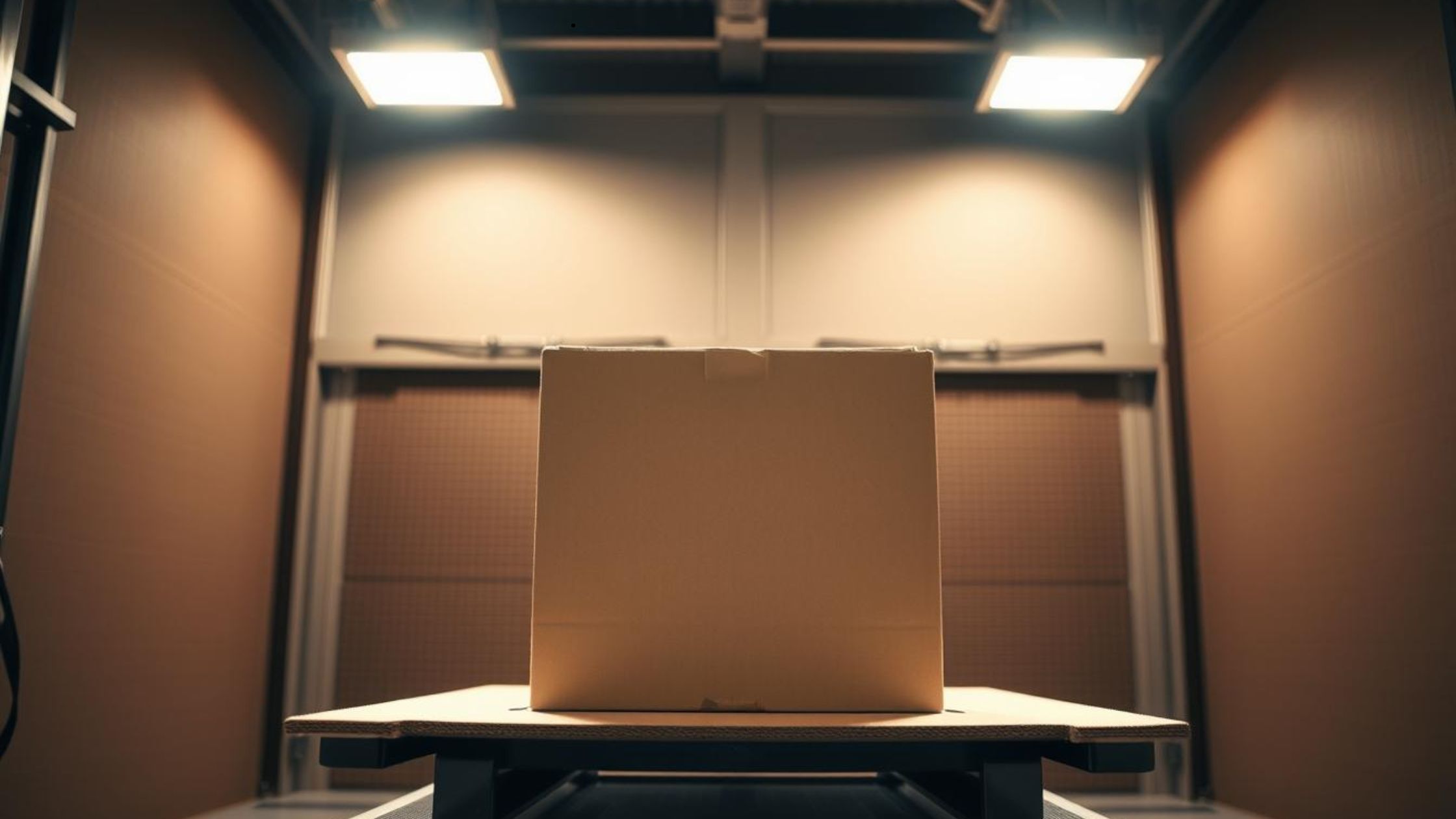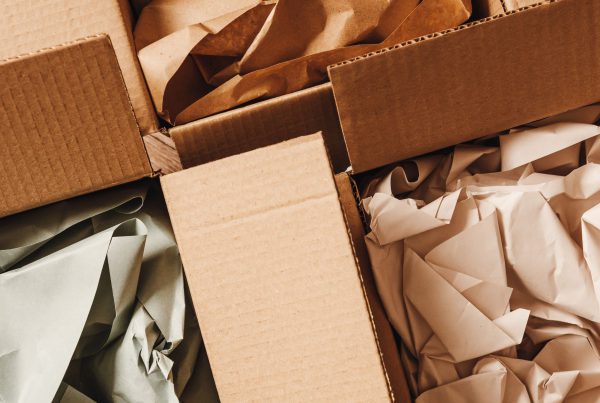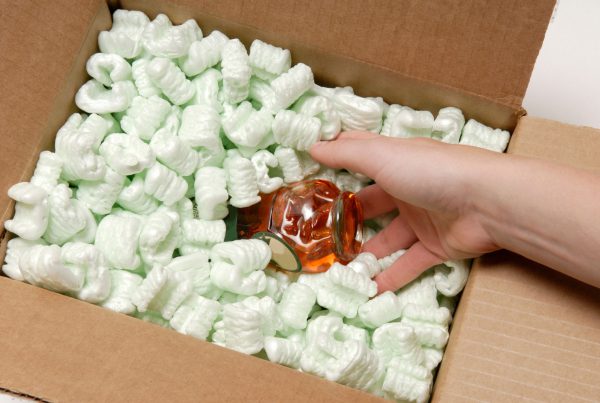Did you know that nearly 30% of all products shipped get banged up in transit? Honestly, it’s a bummer when that happens, and it’s often because the boxes just aren’t up to the task. Before you send out your products or store them, checking the strength of your standard shipping boxes is a must. This simple step can save your goods from damage and keep your customers smiling when their orders arrive in perfect shape.
In this guide, we’ll dive into practical ways to test box strength, ensuring your packages are ready for the rough and tumble of shipping. Let’s get your standard boxes prepped for the journey!
Key Takeaways
- The critical role of box strength in preventing product damage.
- Proven methods to test the durability of your standard size boxes before shipping.
- How quality packaging boosts customer satisfaction.
- Effective ways to verify the strength of your boxes.
- Why testing packaging strength saves you money in the long run.
Understanding Box Strength and Its Importance
When it comes to packaging, understanding box strength is like knowing the foundation of a house—it has to be solid. Whether you’re shipping or storing, the strength of your standard box is what keeps your products safe. Weak boxes? That’s a recipe for damaged goods, extra costs, and unhappy customers. By choosing standard cardboard box sizes with the right strength, you’re setting your items up for a safe trip.
The Role of Box Strength in Packaging
Box strength is the backbone of reliable packaging. A sturdy standard shipping box can handle being stacked, jostled, or bumped during transport. If a box is too weak, it might collapse or tear, putting your products at risk. Testing the strength of your boxes builds confidence in the shipping process and ensures your packaging holds up from point A to point B.
Why Choosing the Right Box Matters for Shipping
Picking the right box isn’t just a detail—it’s a game-changer. A flimsy box can damage your products and even hurt your brand’s reputation. When planning your packaging, consider the weight and fragility of your items. Opt for standard size cardboard boxes that are tough enough to handle the job. This thoughtful choice reduces shipping damage, keeps your customers happy, and builds loyalty. Who doesn’t want that?
| Box Type | Strength Rating | Best Used For |
| Regular Slotted Container (RSC) | Medium | Standard shipping items |
| Double-Walled Box | High | Heavy or fragile items |
| Mailer Box | Low to Medium | Lightweight products |
Common Testing Methods for Box Strength
Knowing how to test box strength is key to making sure your standard boxes are up to par. These tests confirm that your packaging can handle the demands of shipping or storage. Let’s break down the main methods so you can see why they’re so important for protecting your goods.
Overview of Testing Procedures
Box strength testing involves a few key methods to check how tough your packaging really is. Here are the big ones:
- Compression Tests – These measure how much weight a box can take before it buckles.
- Edge Crush Tests – These focus on the box’s edges to see if they can handle stacking.
- Bursting Strength Tests – These test how much pressure a box can withstand before it tears.
- Puncture Resistance Tests – These check how well a box resists sharp objects.
Each test gives you a piece of the puzzle to ensure your standard shipping boxes are ready for action.
Benefits of Testing Before Use
Testing your boxes before they hit the road comes with some serious perks:
- Quality Assurance – Confirms your packaging is strong enough for the job.
- Cost-Effectiveness – Reduces losses from damaged goods and returns.
- Enhanced Reliability – Keeps customers happy with consistent, quality deliveries.
- Operational Efficiency – Makes handling and storage smoother with dependable boxes.
The Bursting Strength Test Explained
The bursting strength test is a go-to for figuring out how much pressure your standard box can handle. Also called the Mullen test, it’s a key tool for picking packaging that won’t let you down.
What is the Mullen Test?
The Mullen test measures how much pressure a box can withstand before it bursts. A machine applies increasing pressure until the box gives way, revealing its maximum strength in pounds per square inch (PSI). This test ensures your standard size boxes meet quality standards for your specific needs.
Importance of Bursting Strength in Box Selection
Bursting strength is a big deal when choosing packaging. A box with high bursting strength keeps your products safe during rough handling, reducing the risk of damage. This means fewer returns, happier customers, and a more efficient operation. Pretty critical, right?
Key Measurements and Interpretation
During the bursting strength test, you’ll get key data like:
- Pressure at Failure – Measured in PSI, this shows the max pressure the box can handle.
- Industry Standards Comparison – Checks if the box meets requirements for specific products.
- Material and Design Variations – Evaluates how different box designs perform.
These insights help you choose the best standard cardboard box sizes for safe shipping.
Edge Crush Test (ECT) for Stacking Strength
The Edge Crush Test (ECT) is all about checking how well your boxes hold up when stacked. This is super important for efficient and safe shipping, especially for standard shipping boxes.
How ECT is Performed
In an ECT, a piece of cardboard is placed between two plates, and pressure is applied until the edge collapses. This measures how much force the box’s edge can take, giving you a clear picture of its stacking strength.
Understanding ECT Measurements
ECT results are given in pounds per inch of width (lb/in). A higher ECT means a stronger box. For example, a box with an ECT of 32 lb/in is great for heavy or bulky items, ensuring your standard size cardboard boxes can handle the load.
Why ECT Matters for Shipping Efficiency
ECT ratings help you pick boxes that won’t crush under pressure. This reduces damage, cuts waste, and keeps your customers happy. Strong standard boxes mean smoother shipping and a better bottom line.
Box Compression Test: Assessing Durability
The box compression test is your go-to for checking if a box can handle weight and pressure. It’s a key part of ensuring your standard box is durable enough for shipping and storage.
What is a Box Compression Tester?
A box compression tester is a machine that applies pressure to a box until it collapses. This shows how much weight it can handle, helping you choose the right standard shipping box for your needs.
Application of Box Compression Testing
This test is used across industries to refine box designs and materials. If a box fails under pressure, companies can tweak the design to make it stronger. This keeps products safe and customers happy.
Connection to Packaging Quality Control
Box compression testing is a cornerstone of quality control. Regular testing ensures your standard-size boxes meet high standards, protecting your products and boosting your brand’s reliability.
Evaluating Other Factors Affecting Box Strength
Box strength isn’t just about compression or crushing. Other factors like water resistance, puncture resistance, and scuff resistance significantly impact how well your standard boxes perform.
Water Resistance Testing Methods
Water resistance tests check how well a box holds up when exposed to moisture. A box that passes these tests keeps your products dry, which is crucial for items sensitive to water damage.
Puncture Resistance and Its Relevance
Puncture resistance measures how well a box can fend off sharp objects. This is key for protecting fragile items during shipping, ensuring your standard shipping boxes keep everything intact.
Scuff Resistance and Its Importance in Packaging
Scuff resistance is about keeping your boxes looking good after handling. A scuff-resistant standard box maintains your brand’s professional image and protects your products.
Conclusion
Testing box strength isn’t just a box to check—it’s the key to great packaging. A thorough box strength summary, including tests like the Mullen and ECT, ensures your standard-size cardboard boxes can handle the journey. These tests protect your products, keep customers happy, and save you from costly returns.
By following packaging best practices, you can choose the right standard shipping box for your needs. This reduces damage, enhances the unboxing experience, and keeps your business running smoothly. Who doesn’t love a happy customer?
About The Boxery
At The Boxery, we’re all about delivering top-notch packaging solutions. We get how crucial it is to choose the right standard boxes to ensure your items arrive safely. Our wide range of standard-size boxes and shipping supplies is designed to meet your needs, and our team is here to help you pick the perfect fit.
Let us guide you to the ideal packaging solution. With a focus on quality and customer satisfaction, The Boxery is your go-to for reliable standard shipping boxes. Trust us to make your shipping process a breeze.
FAQ
What are the standard cardboard box sizes available?
Standard cardboard box sizes range from small, about 6″x6″x6″, to large, like 24″x18″x24″. They’re designed to fit a variety of shipping and storage needs.
How can I determine the strength of a standard shipping box?
To check the strength of a standard shipping box, use tests like the Bursting Strength Test, Edge Crush Test (ECT), and Box Compression Test. These evaluate different aspects of durability to ensure your box can handle the job.
Why is it important to verify the strength of a box before use?
Verifying the strength of your standard box prevents costly damage during shipping or storage. Choosing the right box strength keeps your products safe and your customers happy.
What is the Bursting Strength Test?
The Bursting Strength Test, or Mullen Test, measures how much pressure a standard-sized box can withstand before bursting. It helps you select packaging that meets your needs.
Can you explain the Edge Crush Test (ECT)? Why does it matter?
The Edge Crush Test (ECT) measures how much weight a standard shipping box can handle when stacked. It’s crucial for ensuring boxes withstand transit and maintain shipping efficiency.
What role does the Box Compression Test play in quality control?
The Box Compression Test checks how well a standard box holds up under pressure. It’s essential for quality control, ensuring your packaging protects products during shipping.
How do environmental factors affect box strength?
Environmental factors like humidity and moisture can weaken a standard size cardboard box. Testing for water, puncture, and scuff resistance ensures your boxes stay strong in tough conditions.
Where can I find reliable standard shipping boxes?
You can find high-quality standard shipping boxes at local suppliers, online retailers, or through trusted companies like The Boxery. We offer a variety of sizes and strengths to suit your needs.





Recent Comments